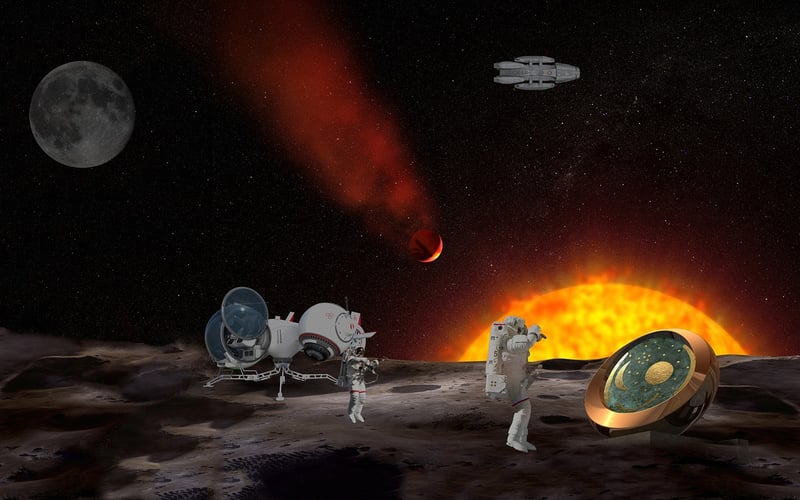Future Expeditions
Exploring Time and Space: Future Expeditions
The Fascinating World of Time and Space Exploration
Humanity has always been curious about the mysteries of time and space. From ancient civilizations gazing at the stars to modern-day space missions, our quest to understand the universe has driven remarkable technological advancements and scientific discoveries.
Current State of Space Exploration
As of today, space agencies like NASA, ESA, SpaceX, and others have made significant progress in exploring our solar system and beyond. Missions to Mars, the Moon, and even distant galaxies have provided invaluable data and insights into the vast expanse of space.
The Future of Time and Space Expeditions
Looking ahead, the future of time and space exploration is filled with exciting possibilities. Here are some of the anticipated expeditions:
1. Mars Colonization
Efforts are underway to establish a sustainable human presence on Mars. Plans for building habitats, conducting research, and even terraforming the red planet are in the works.
2. Interstellar Travel
Concepts for traveling beyond our solar system are being explored, including advanced propulsion systems and spacecraft capable of achieving near-light speeds.
3. Time Travel Theories
Scientists are delving into the realm of theoretical physics to understand the possibility of time travel. Concepts like wormholes, black holes, and spacetime manipulation are being studied.
Joining the Journey
For those fascinated by the wonders of time and space, there are opportunities to get involved. Whether through citizen science projects, educational programs, or supporting space initiatives, everyone can be a part of the journey to unlock the secrets of the cosmos.
Exciting Times Ahead
As we stand on the brink of a new era in space exploration and scientific discovery, the future promises to be filled with awe-inspiring expeditions and groundbreaking achievements. Let's continue to push the boundaries of what is possible and venture into the unknown depths of time and space.


